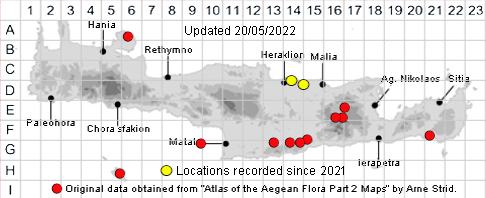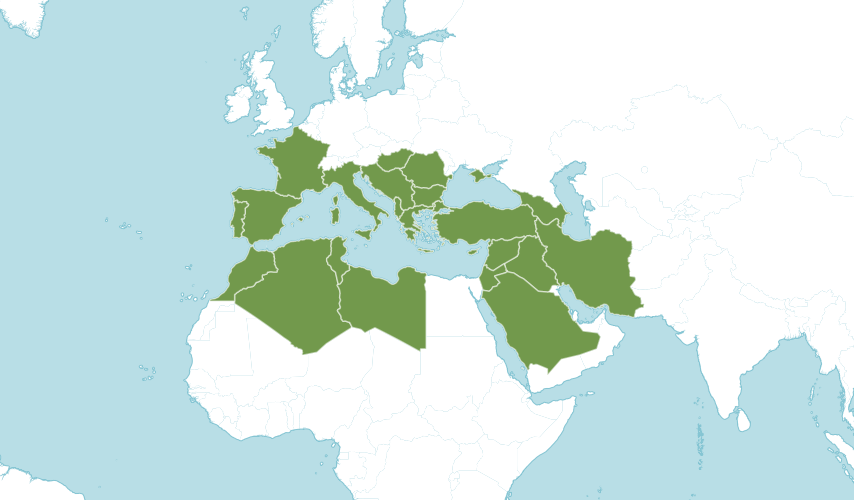Native to:
Albania, Algeria, Baleares, Bulgaria, Corse, Cyprus, East Aegean Is., France, Greece, Hungary, Iran, Iraq, Italy, Kriti, Krym, Lebanon-Syria, Libya, Morocco, Palestine, Portugal, Romania, Sardegna, Saudi Arabia, Sicilia, Spain, Transcaucasus, Tunisia, Turkey, Turkey-in-Europe, Yugoslavia
Albania, Algeria, Baleares, Bulgaria, Corse, Cyprus, East Aegean Is., France, Greece, Hungary, Iran, Iraq, Italy, Kriti, Krym, Lebanon-Syria, Libya, Morocco, Palestine, Portugal, Romania, Sardegna, Saudi Arabia, Sicilia, Spain, Transcaucasus, Tunisia, Turkey, Turkey-in-Europe, Yugoslavia

SPECIES DESCRIPTION
SEDUM CESPITOSUM
Family:- CRASSULACEAE
Common Names:- Broad-leaved stonecrop
Synonyms:- Aithales cespitosa, Crassula cespitosa, Crassula cespitosa,
Procrassula magnolii, Sedum rubens subsp. cespitosum.
Meaning:- Sedum (L) A name used by the Roman naturalist and philosopher
Pliny, reference to the plants habit of ''sitting'' on rocks etc.
Cespitosum (L) Growing in tufts, matted, tussock-forming.
General description:- Low erect usually reddish annual, hairless and often sticky
with glands above.
Stem:-
1) 2-5 cm, erect.
Leaves:-
1) Alternate, imbricate, smooth and usually subterete, ovoid, 3-6 mm.long, greyish
but often flushed with red.
Flowers:-
1) 4- or 5-merous, sessile, in short cymes.
2) Petals, 3 mm, mucronate, white tinged with pink.
3) Stamens 4 or 5.
Fruit:-
1) Follicles, patent, glabrous.
Key features:-
1) Leaves ovoid, imbricate.
Habitat:- Rocky and gravelly, seasonally wet places in open dry shrubby
vegetation, open coniferous woodland, roadsides, olive groves etc., on various
substrates. 0-1400 m.
Distribution:- Scattered throughout Greece. Widespread and common throughout
the Mediterranean. Limited distribution on Crete mainly central south and the Dikti
mountains. Rare.
Flowering time:- Apr-May.
Photos by:- Zacharias Angourakis


GLOBAL DISTRIBUTION